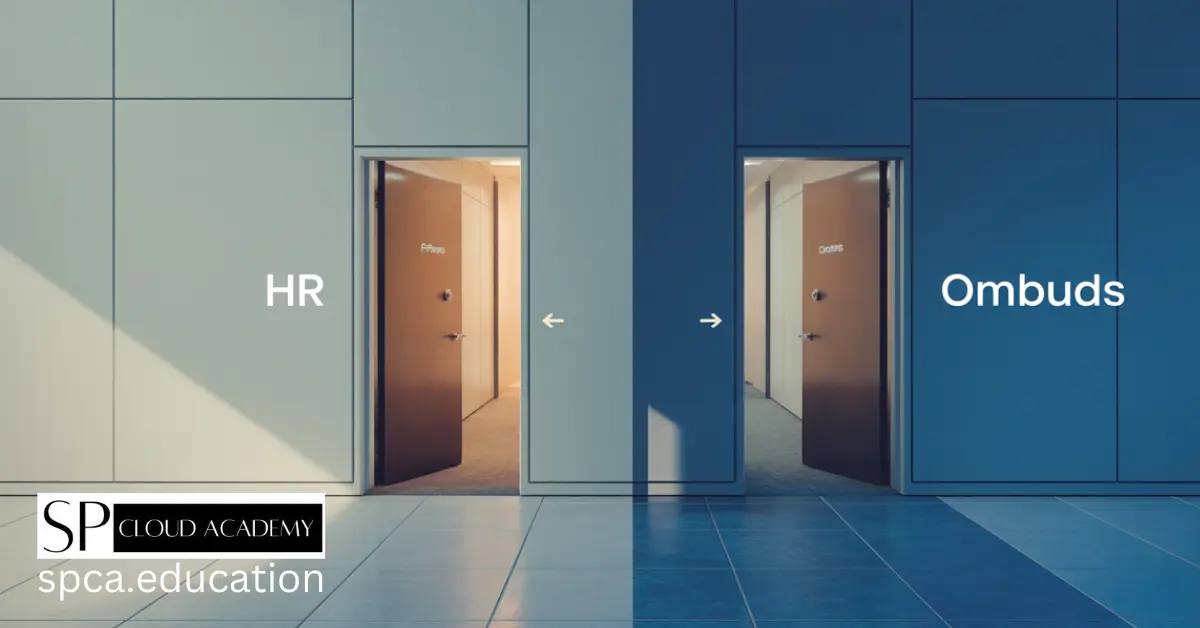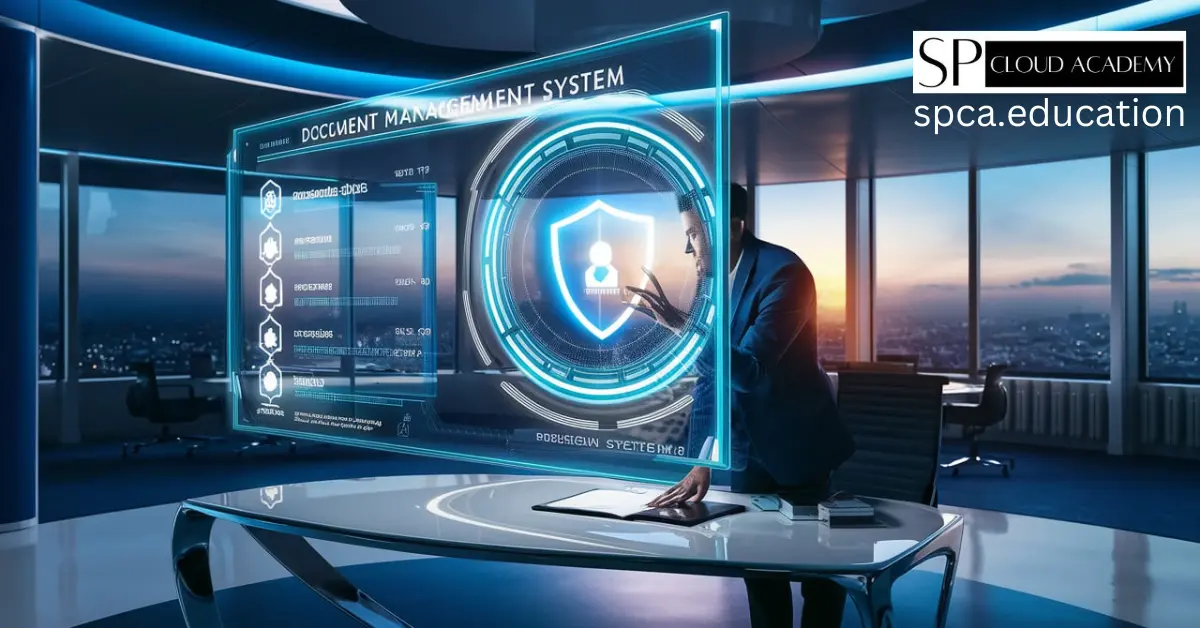Introduction
The Importance of Relaxation at Work
Relaxation at work is not just a luxury; it’s a necessity for maintaining a healthy and productive workforce. In today’s fast-paced work environments, employees often face high levels of stress that can negatively impact their physical and mental health. Therefore, incorporating relaxation techniques into the workplace can lead to numerous benefits, including improved productivity, enhanced creativity, and overall better job satisfaction.
How Workplace Stress Impacts Productivity
Workplace stress is a significant factor that can drastically reduce productivity. Stress can cause a range of physical symptoms, such as headaches, fatigue, and muscle tension, as well as psychological symptoms, including anxiety, depression, and irritability. These symptoms can lead to decreased focus, lower quality of work, and increased absenteeism. By addressing stress and promoting relaxation, businesses can enhance employee performance and reduce turnover rates.
Benefits of Relaxation Techniques at Work
Implementing relaxation techniques at work offers multiple advantages. It helps in lowering stress levels, boosting morale, and creating a more positive work environment. Employees who practice regular relaxation are likely to experience better sleep, improved concentration, and a greater ability to handle workplace challenges. Additionally, relaxation practices can foster better team dynamics and communication, leading to more cohesive and effective workgroups.
Understanding Workplace Stress
Common Sources of Workplace Stress
Workplace stress can stem from various sources. Common stressors include heavy workloads, tight deadlines, job insecurity, and conflicts with colleagues or supervisors. Organizational changes, such as mergers or layoffs, can also contribute to stress. Understanding these sources is the first step in developing effective strategies to combat stress in the workplace.
Signs and Symptoms of Stress in the Workplace
Recognizing the signs and symptoms of stress is crucial for early intervention. Physical signs include headaches, digestive issues, and chronic fatigue. Psychological symptoms may involve anxiety, depression, and mood swings. Behavioral changes, such as increased absenteeism, decreased performance, and withdrawal from colleagues, can also indicate stress.
The Psychological and Physical Effects of Workplace Stress
Chronic workplace stress can have severe long-term effects on both mental and physical health. It can lead to cardiovascular diseases, high blood pressure, and weakened immune systems. Mentally, it can result in burnout, anxiety disorders, and depression. Understanding these effects underscores the importance of addressing stress through effective relaxation techniques.
The Science Behind Relaxation
How Relaxation Affects the Brain
Relaxation techniques have a profound impact on the brain. They activate the parasympathetic nervous system, which is responsible for the body’s rest and digest functions. This activation helps to lower heart rate, reduce blood pressure, and decrease levels of stress hormones like cortisol. Techniques such as meditation and deep breathing can increase the production of neurotransmitters like serotonin and dopamine, which are associated with feelings of well-being and happiness.
The Role of the Nervous System in Stress and Relaxation
The autonomic nervous system plays a pivotal role in the body’s response to stress and relaxation. The sympathetic nervous system triggers the fight-or-flight response during stressful situations, leading to increased heart rate and adrenaline production. In contrast, the parasympathetic nervous system promotes relaxation and recovery. Understanding this balance is key to effectively managing stress and promoting relaxation.
Hormonal Responses to Stress and Relaxation
Stress triggers the release of hormones such as cortisol and adrenaline, which prepare the body to respond to perceived threats. While these hormones are essential for survival, chronic stress can lead to an overproduction, resulting in negative health impacts. Relaxation techniques help to regulate these hormones, reducing their levels and promoting a state of calm and balance in the body.
Creating a Relaxation-Friendly Work Environment
Designing a Workplace Conducive to Relaxation
Creating a relaxation-friendly work environment involves thoughtful design and organization. Elements such as ergonomic furniture, quiet zones, and relaxation spaces can significantly reduce stress. Providing areas where employees can take short breaks or engage in relaxation exercises can enhance overall well-being and productivity.
The Role of Lighting, Colors, and Furniture in Reducing Stress
The physical environment greatly influences stress levels. Natural lighting, calming colors like blues and greens, and comfortable furniture can create a soothing atmosphere. Adjustable lighting options allow employees to personalize their workspaces, which can also contribute to a sense of control and reduced stress.
Incorporating Nature and Green Spaces in the Office
Nature has a calming effect on the mind and body. Incorporating green spaces, indoor plants, and natural elements into the office design can enhance relaxation. Access to outdoor areas, such as gardens or terraces, provides employees with a space to unwind and recharge during breaks.
Mindfulness and Meditation Techniques
Introduction to Mindfulness and Its Benefits
Mindfulness is the practice of being present and fully engaged in the moment. It involves paying attention to thoughts, feelings, and sensations without judgment. Practicing mindfulness at work can reduce stress, improve concentration, and enhance emotional regulation.
Simple Mindfulness Exercises for the Workplace
Mindfulness exercises can be easily integrated into the workday. Techniques such as mindful breathing, body scans, and mindful walking can be practiced at any time. Encouraging employees to take a few minutes for these exercises can lead to significant improvements in stress levels and overall well-being.
Guided Meditation Sessions for Employees
Guided meditation involves following along with a meditation leader or audio recording. Offering regular guided meditation sessions can help employees develop a consistent practice. These sessions can be conducted in-person or virtually, making them accessible to all employees regardless of location.
Breathing Exercises for Instant Relaxation
The Power of Controlled Breathing
Controlled breathing exercises are a powerful tool for instant relaxation. They can help to regulate the nervous system, reduce heart rate, and lower blood pressure. Simple techniques like deep breathing, box breathing, and alternate nostril breathing can be practiced discreetly during the workday.
Step-by-Step Guide to Different Breathing Techniques
Deep Breathing: Sit comfortably and take a slow, deep breath in through your nose, allowing your abdomen to expand. Hold the breath for a few seconds, then exhale slowly through your mouth. Repeat for several minutes.
Box Breathing: Inhale for a count of four, hold the breath for four seconds, exhale for four seconds, and hold the exhale for four seconds. Repeat for several cycles.
Alternate Nostril Breathing: Using your right thumb, close your right nostril and inhale deeply through your left nostril. Close your left nostril with your ring finger, release your right nostril, and exhale through the right. Inhale through the right nostril, then switch to exhale through the left. Repeat for several cycles.
How to Incorporate Breathing Exercises into the Workday
Incorporating breathing exercises into the workday can be simple. Encourage employees to take a few minutes between tasks or during breaks to practice these techniques. Providing reminders through emails or office posters can also promote regular practice.
Physical Activity and Movement
The Connection Between Physical Activity and Stress Reduction
Physical activity is a well-known stress reducer. Exercise increases the production of endorphins, which are natural mood lifters. It also helps to improve sleep, boost energy levels, and enhance overall mental well-being.
Desk Exercises and Stretching Routines
Desk exercises and stretching routines can be easily incorporated into the workday. Simple movements such as shoulder shrugs, neck stretches, and seated leg lifts can alleviate tension and improve circulation. Encouraging employees to take short breaks for these exercises can enhance comfort and reduce stress.
Benefits of Walking Meetings and Office Yoga
Walking meetings and office yoga sessions are effective ways to integrate physical activity into the workday. Walking meetings not only provide physical benefits but also encourage creative thinking and collaboration. Office yoga sessions can be tailored to accommodate all fitness levels, promoting flexibility, strength, and relaxation.
Breaks and Downtime
The Importance of Taking Regular Breaks
Taking regular breaks is essential for maintaining productivity and reducing stress. Breaks allow employees to rest and recharge, preventing burnout and enhancing focus. Encouraging a culture that values regular breaks can improve overall workplace well-being.
Effective Ways to Spend Break Time for Maximum Relaxation
Spending break time effectively can maximize relaxation. Activities such as taking a short walk, practicing mindfulness or meditation, or engaging in a hobby can provide a mental reset. Providing comfortable break areas with amenities such as books, puzzles, and refreshments can also promote relaxation.
How to Encourage Employees to Take Breaks
Encouraging employees to take breaks can be challenging, especially in high-pressure environments. Employers can set an example by taking regular breaks themselves and promoting a culture that values work-life balance. Providing scheduled break times and reminders can also help to normalize taking breaks.
Nutrition and Hydration
The Impact of Diet on Stress and Relaxation
Diet plays a crucial role in managing stress and promoting relaxation. Consuming a balanced diet rich in fruits, vegetables, whole grains, and lean proteins can provide the necessary nutrients for maintaining energy levels and reducing stress. Avoiding excessive caffeine and sugar intake can also prevent mood swings and energy crashes.
Foods and Drinks That Promote Relaxation
Certain foods and drinks can help to promote relaxation. Foods rich in magnesium, such as leafy greens, nuts, and seeds, can help to calm the nervous system. Herbal teas, such as chamomile and lavender, have soothing properties. Incorporating these foods and drinks into the workplace can support employee relaxation.
Tips for Maintaining Proper Hydration at Work
Proper hydration is essential for overall well-being and stress management. Dehydration can lead to fatigue, headaches, and decreased concentration. Encouraging employees to drink water regularly and providing easily accessible water stations can promote hydration. Offering a variety of hydrating beverages, such as infused water or herbal teas, can also encourage fluid intake.
Technology and Relaxation
Apps and Tools for Managing Stress and Promoting Relaxation
There are numerous apps and tools available to help manage stress and promote relaxation. Apps like Headspace and Calm offer guided meditation and mindfulness exercises. Tools like noise-canceling headphones and white noise machines can create a more peaceful work environment. Providing access to these resources can support employee well-being.
The Pros and Cons of Using Technology for Relaxation
While technology can provide valuable relaxation tools, it also has its drawbacks. Excessive screen time can contribute to eye strain and mental fatigue. Balancing the use of technology with offline relaxation activities is essential. Encouraging regular breaks from screens and promoting activities such as reading or outdoor walks can help to mitigate the negative effects of technology.
Balancing Screen Time and Relaxation
Finding a balance between screen time and relaxation is crucial for maintaining overall well-being. Setting boundaries, such as designated screen-free times or spaces, can help to reduce the negative impacts of excessive screen use. Encouraging activities that do not involve screens, such as physical exercise, mindfulness, and social interactions, can promote a healthier balance.
Social Support and Team Building
The Role of Social Interactions in Reducing Stress
Social interactions play a significant role in reducing stress. Positive relationships with colleagues can provide emotional support and enhance overall job satisfaction. Creating opportunities for social interactions, such as team-building activities and social events, can foster a supportive work environment.
Team Building Activities That Promote Relaxation
Team-building activities can be designed to promote relaxation and reduce stress. Activities such as group yoga sessions, mindfulness workshops, and outdoor retreats can provide opportunities for relaxation while strengthening team cohesion. These activities can also encourage employees to develop healthy coping mechanisms for stress.
Creating a Supportive Workplace Culture
A supportive workplace culture is essential for promoting relaxation and reducing stress. This involves creating an environment where employees feel valued, respected, and supported. Encouraging open communication, providing resources for stress management, and recognizing employee achievements can contribute to a positive and supportive workplace culture.
Personal Development and Stress Management
Encouraging Continuous Learning and Personal Growth
Continuous learning and personal growth are important for managing stress and promoting well-being. Providing opportunities for professional development, such as training programs and workshops, can help employees to build new skills and stay engaged. Encouraging personal growth through activities such as reading, volunteering, and hobbies can also enhance overall well-being.
Stress Management Workshops and Seminars
Stress management workshops and seminars can provide employees with valuable tools and techniques for managing stress. These programs can cover topics such as mindfulness, relaxation techniques, and time management. Offering these resources can help employees to develop effective stress management strategies.
Developing Personal Stress Management Plans
Encouraging employees to develop personal stress management plans can empower them to take control of their well-being. These plans can include strategies such as setting realistic goals, practicing relaxation techniques, and maintaining a healthy work-life balance. Providing resources and support for developing these plans can enhance their effectiveness.
The Role of Management in Promoting Relaxation
How Leaders Can Foster a Relaxation-Friendly Environment
Leaders play a crucial role in fostering a relaxation-friendly environment. By setting a positive example and promoting work-life balance, leaders can create a culture that values employee well-being. Providing resources and support for relaxation activities and encouraging open communication can also contribute to a stress-free workplace.
Policies and Practices That Support Employee Well-being
Implementing policies and practices that support employee well-being is essential for promoting relaxation. This can include flexible work arrangements, mental health resources, and wellness programs. Regularly reviewing and updating these policies can ensure that they continue to meet the needs of employees.
Case Studies of Successful Workplace Relaxation Initiatives
Case studies of successful workplace relaxation initiatives can provide valuable insights and inspiration. Examples of companies that have implemented effective relaxation programs can highlight best practices and demonstrate the benefits of prioritizing employee well-being. These case studies can serve as a guide for other organizations looking to enhance their workplace relaxation efforts.
Measuring the Impact of Relaxation Techniques
Tools and Metrics for Assessing Employee Stress Levels
Measuring the impact of relaxation techniques requires effective tools and metrics for assessing employee stress levels. Surveys, stress assessments, and productivity metrics can provide valuable data on the effectiveness of relaxation programs. Regularly collecting and analyzing this data can help to identify areas for improvement.
Evaluating the Effectiveness of Relaxation Programs
Evaluating the effectiveness of relaxation programs involves assessing their impact on employee well-being and productivity. This can include tracking changes in stress levels, absenteeism rates, and job satisfaction. Regular evaluations can ensure that relaxation programs continue to meet the needs of employees and provide tangible benefits.
Continuous Improvement of Workplace Well-being Strategies
Continuous improvement is essential for maintaining effective workplace well-being strategies. Regularly reviewing and updating relaxation programs based on feedback and data can help to ensure their continued success. Engaging employees in the process and encouraging their input can also enhance the effectiveness of these programs.
Conclusion
Recap of the Importance of Relaxation at Work
In conclusion, relaxation at work is crucial for maintaining a healthy and productive workforce. By addressing workplace stress and promoting relaxation, businesses can enhance employee well-being, improve productivity, and create a more positive work environment.
Final Thoughts on Implementing Relaxation Techniques
Implementing relaxation techniques requires a thoughtful and comprehensive approach. By understanding the sources of workplace stress, creating a relaxation-friendly environment, and providing resources and support for relaxation activities, businesses can effectively reduce stress and promote employee well-being.
Encouragement to Prioritize Workplace Well-being
Prioritizing workplace well-being is an investment in the long-term success of any organization. By fostering a culture that values relaxation and supports employee well-being, businesses can create a healthier, happier, and more productive workforce.
Read More
https://spca.education/category/smart-workplace
-

Corporate Ombuds vs HR: The Surprising Difference That Could Protect Your Job
-

Google or Microsoft? Breaking Down the Ecosystem Battle for Your Daily Digital Life
-

Smarter Workspaces, Smarter Teams: The Ultimate Guide to a Productivity-Boosting Office Setup
-

The Ultimate Guide to File Management: Declutter Your Digital Life Today!
-

The Paperless Revolution: 7 DMS Platforms Set to Dominate Offices in 2025
-

Mastering IT Incident Response: A Comprehensive Framework for Corporate Security
